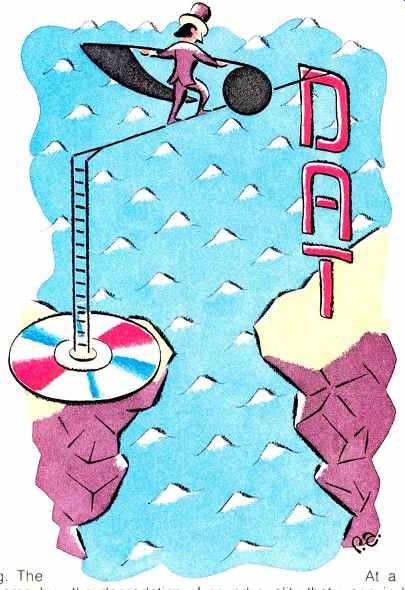
UNBALANCING ACT
By now, you've probably heard about the battle going on between makers of audio equipment and many (but not all) producers of recorded music. Although most of us have been freely making tape recordings of radio programs, video programs, and, yes, analog discs for several decades, suddenly a new effort has been launched to deprive us of that right. Record companies claim that we are cheating them out of "billions of dollars" of sales because of the widespread tape copying that we do.
To solve this "problem," the record companies have launched a drive to have Congress pass a law that would make it mandatory for any Digital Audio Tape (DAT) recorders brought into this country (none have been introduced so far) to include a so-called anti-copying chip.
This chip, in combination with specially encoded program material, would shut down the DAT recorder when anyone attempted to make a copy of such encoded programming. The technology involved in this scheme, by the way, has been around for several years. It was first discussed during the proposals to levy a royalty tax on blank tape as well as on cassette tape decks. Fortunately, that idea never got much beyond the talking stages. So why have the record makers decided to revive the anti-copy chip now? The new push is on because these companies see the DAT recorder as a ma chine that can literally make endless numbers of "clones" that will sound every bit as good as the original recordings. In fact, that's not the case at all. The DAT standard already prevents such cloning in two ways, as I will discuss later.
For the moment, let's skip the arguments concerning whether or not we have a right to copy any music from any paid -for source (including radio and TV programming, which is paid for by sponsors before it enters our homes). Instead, I'd like to talk about the degradation of sound quality that will occur if the anti-copy chip and associated encoded program sources become the norm in the future. First, a summary of how the chip works:
This copy -prevention scheme re quires encoding of records or other program material, as shown in Fig. 1.
The pattern of frequency distribution at the left shows the average energy content of music over the recognized audio spectrum from 20 Hz to 20 kHz.
The pattern at the right shows that an encoded record would notch out a narrow band of frequencies centered at 3,840 Hz. If you have any doubts as to the musical significance of this region of frequencies, or if you don't believe that energy content at or around that frequency is not all that much lower than it is at mid -band, consider the spectrum analysis 'scope photo of Fig. 2. To obtain this pattern of energy distribution, I simply played a CD and fed the player's output to a spectrum analyzer as it swept repeatedly from 20 Hz to 20 kHz. The sweep in this case was logarithmic so that the horizontal scale would correspond to the scales used in Fig. 1. It took only a minute or so to produce the pattern shown, and you'll notice that it corresponds almost exactly to the patterns of Fig. 1.
Now let's return to the system and how it works (Fig. 3).
If you try to record the content of an encoded record using a tape deck that's got the "spoiler" chip inside, the chip checks to see if frequencies in the vicinity of 3,840 Hz are missing. However, since it is possible that the music is "low-fi" to begin with or that there are long, silent pauses in it, there is a second requirement: The chip must sense the presence of frequencies on either side of the missing frequencies. If both conditions are met, the chip shuts down the recorder. It takes about 15 to 18 seconds for the chip to complete its analysis. The three possible cases are shown in Fig. 4.
At a meeting held several months ago in Washington, D.C., Hiroshi Kosaka, Senior Manager, International Business Environment Office of Toshiba; Masahiro Kosaka, General Man ager and member of the R&D Steering Committee of Matsushita Electric Industrial Company, and I. Iwashita, a Pioneer research engineer, presented their views concerning the impact of the anti-copy chip on recorded sound.
The meeting was confined to technical considerations; legal and moral issues were not addressed.
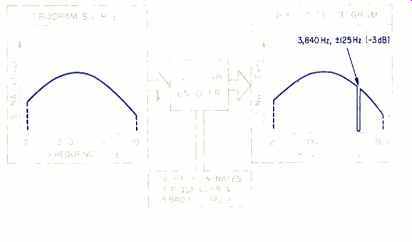
Fig. 1-Basic encoding scheme for the anti-copy chip.
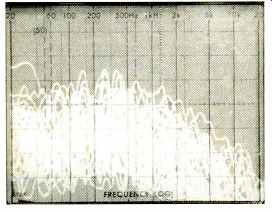
Fig. 2-Energy distribution of an actual music program. Note the close match
to the curves in Fig. 1. Sweep is logarithmic, from 20 Hz to 20 kHz.
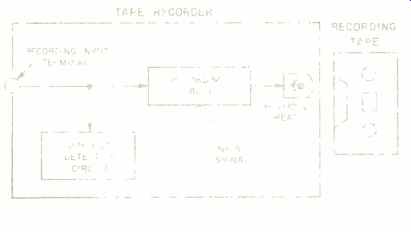
Fig. 3-Block diagram of the copy-code and record-inhibit systems in a tape
recorder.
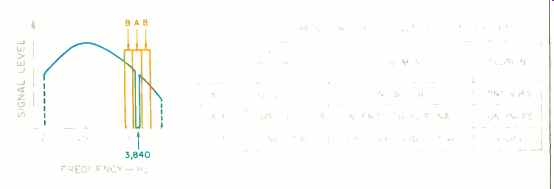
Fig. 4-How the copy-code circuit interprets the presence or absence of signal
energy at and around the notch frequency.
When I was first introduced to this anti-copy scheme nearly two years ago, I was told by its promoters that the narrow band of frequencies which it sucks out of the music is above the fundamental tones produced by any musical instrument. I was also told that the frequency band is so narrow that one would never notice that it was missing. It seems clear now that the promoters of the chip are unfamiliar with a piano keyboard.
Figures 5 and 6, presented by Mr. Kosaka during the meeting in Washington, clearly refute the statement that the missing frequencies are above fundamental tones of musical instruments.
Figure 5A shows the frequency range that would be affected by the introduction of the notch filter. The -3 dB points occur at 3,715 and 3,965 Hz, while the frequency of greatest attenuation occurs at 3,840 Hz. As is evident from Fig. 6, the pitches of the second and third notes from the top of a standard 88 -note piano keyboard (A#7 and B7) fall squarely in the region of the notch. These notes have fundamental frequencies of 3,720 and 3,951 Hz, respectively. It became clear, too, from Mr. Kosaka's presentation that many other notes of the piano (or any other musical instrument that is rich in harmonics) would also suffer, though to a lesser degree. The lower portion of Fig. 6 shows the relative effect upon these lower tones. For example, the A-sharp and B-natural notes a full octave below the ones most affected would also undergo serious degradation.
Although their fundamental tones would not be attenuated, the second harmonics of these lower notes fall right in the region of the notch and would therefore be severely attenuated. A piano, like most musical instruments, produces sounds that are rich in harmonic content. By removing the harmonics, you are also removing the qualities which make a piano sound like a piano, a violin sound like a violin, and so forth.
Figure 5B shows the extreme phase distortion that occurs at or near the center frequency of the notch. It's interesting that audio purists condemned early CD players for exhibiting a slight phase error at the extreme high end of the audio band. Objections were so great that most makers of CD players now employ oversampling and digital filtering to overcome such phase distortion. Yet here is a proposal for a filter that would put much more severe phase distortion near the middle of the audio spectrum!
=====================
UPDATE!
Since I wrote the accompanying article about the anti-copy scheme, I have been in the thick of the controversy, having been asked to testify on several occasions before various Congressional subcommittees. I have appeared as a technical witness for the Home Recording Rights Coalition, an association of audio hardware makers, blank tape manufacturers, and audio retailers. In the course of preparing that testimony, I have learned some additional facts concerning the anti-copy system which I'd like to mention.
Each time I demonstrated the audible effect of the "notch" during my testimony, proponents of the notch claimed that my experiments were flawed; they said my demonstrations showed audible differences because I did not really know the parameters of the latest version of the notch. Proponents maintained that the "actual" notch now proposed would not be audible. It is true that the parameters used in my demonstration are those I learned of nearly two years ago, but they were provided to me directly by the people who were in charge of the project at the CBS Technology Center. I am certainly willing to concede that the parameters may have been changed. However, despite the fact that I have repeatedly asked for the new parameters, David Stebbings, Director of Recording Technology at CBS Records, has not been willing to provide them.
About the only difference that I have been able to learn of, between the early version of the system and the present or "revised" version, concerns the notch's center frequency: It is 3,838 Hz instead of 3,840 Hz. This 2-Hz difference is hardly enough to change the overall results or the degree of audibility when the notch is inserted in music.
Stebbings has suggested that the bandwidth of the notch that I used in my demonstrations is far wider than the final version being proposed. (In my experiments, the notch was set to have a width of ± 125 Hz about the center frequency.) Perhaps the notch has been narrowed, but if it has been, no fewer than three problems arise from such further narrowing, say technical experts who were involved in the early stages of the system's development.
First, narrowing the notch will cause the kind of "ringing" associated with ultra-narrow band elimination filters, making the notch even more audible until it becomes very narrow indeed. Second, the narrower the notch, the longer it will take the scanner circuit to analyze the program material. As the notch width approaches inaudibility, the time it will take for the scanner to identify the presence of the notch will approach infinity. In simpler terms, if the notch is made so narrow that its presence becomes inaudible, the scanner won't ever shut down the recorder, and the system won't be practical for its intended purpose.
Third, I have already mentioned that the system, as devised, is subject to "false positive" errors-it can shut down erroneously when analyzing program material that was not even encoded with the notch. I am informed by several former employees of the CBS Technology Center who were involved in the copy -code system's development that, out of 100 unencoded LPs played through the system (as configured in my demonstrations), unintended shutdown occurred on two of those discs. Making the notch still narrower would, in all likelihood, increase the probability of unintended shutdowns.
It is interesting to note that a growing number of people in the professional audio community (including re cording engineers, broadcast engineers, mixing technicians, and the like), upon hearing demonstrations of the system, have been able to detect the presence of the notch in a variety of program material selected by the proponents of the system and using their circuitry.
If you'd like additional information concerning this controversy, you can contact the Home Recording Rights Coalition at (202) 663-8452 or write to them at 2300 N Street N.W., Washington, D.C. 20037.-L.F.
Editor's Note: In an effort to learn more about the copy-code system, I went to the CBS Records R&D Center in Milford, Conn. in late May. Accompanying me were Audio magazine's Technical Editor and two independent recording engineers who are owners of their own small recording companies. Our hosts were David Stebbings and Howard Schwartz.
There was a good deal of discussion about recent events surrounding the copy-code legislation. The most important items are these: Congress has asked the Office of Technology Assessment to report on how the introduction into this country of DAT recorders would affect the record industry, and both Congress and the Recording Industry Association of America (RIAA) have asked the National Bureau of Standards to perform tests on the audibility of the copy-code system.
Very few technical details concerning the system have been released, though we were able to pry loose a couple of new facts-specifically, that the center frequency of the notch is 3,838 Hz and that the filters aremulti-section ellipticals. As might be imagined, there have been quite a few articles about the copy-code system and its effect on DAT recorders, but most have focused on the legislative process. Perhaps the best technical article we've seen was in the July 1987 issue of High Fidelity, though the author of that piece, David Ranada, was not able to get the system's specifications confirmed.
David Stebbings says that full technical details on the system have not been released because its developers intend to maintain control over the performance parameters, just as Dolby Labs has done with its licensees, for example. Unlike Dolby Labs, however, they do not intend to charge a royalty. Stebbings says further that "at the request of the Senate and House Congressional Subcommittees of the Judiciary, we are submitting the CBS Copy-Code System and specifications to independent testing at the National Bureau of Standards. The N.B.S. is widely recognized as the most prestigious independent testing laboratory in the United States, and we eagerly await the results of their evaluation of the CBS system." We four visitors concluded our stay by participating in a double-blind A/B listening test in the R&D Center's listening room. We used a wide variety of CDs, playing them on a good (but not state-of-the-art) system. The object of a test set up in this manner is to judge whether there is a difference between the A and the B circuits (or whatever is being tested) and then follow that difference as it is randomly switched between the two presentation positions. One of the four visitors was able to accurately follow a difference he heard on nine of 11 trials.
While this is a small number of trials, I believe that it is statistically significant, so I conclude that the system is audible with music.-E.P.
=====================
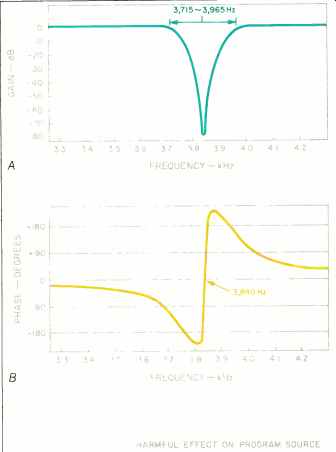
Fig. 5-The effect of the proposed anti -copy encoding scheme on a recording's
frequency response (A) and phase characteristics (B).
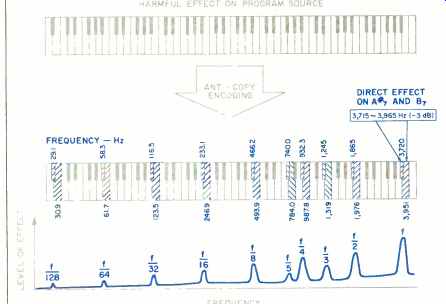
Fig. 6-How the anti-copy scheme's effects relate to the notes on a piano.
The notch would directly affect two notes and change the timbre of 18 others.
The degree of this effect would vary with the note, as shown at the bottom.
The representatives of the Japanese firms pointed out several other harmful effects on program sources that would occur if the chip finds its way into DAT recorders. And don't overlook the possibility that once it gets into DATs, it will also creep into analog recorders, the sound-recording portion of video recorders, audio and video broadcasts, and who knows what elsewhere it will have the same deleterious effects.
An interesting sidelight concerning the anti-copy chip was brought up during the meeting with these engineers.
Under certain conditions, the chip could actually shut down a recorder even when that recorder was being employed to record unprotected soft ware or original audio programming created by a user. How is that possible? As I mentioned earlier, the chip looks for two conditions: An absence of signal content in the narrow band of frequencies that have been filtered out and the presence of frequencies on either side of the missing band of frequencies.
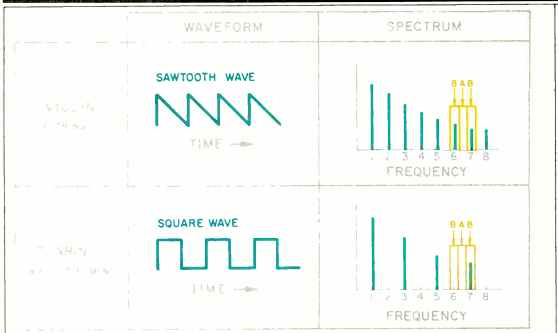
Fig. 7-The waveforms of instruments such as the violin and clarinet could
be mistaken for anti-copy encoding, causing a recorder to shut down even
when taping material that was not copy protected.

Fig. 8-Effect of the anti-copy notch filter on a 1-kHz square wave (A)
and a 1.4-kHz sawtooth wave (B). Upper traces are input signals, lower traces
show signals after filtering.

Fig. 9-Spectrum analysis of 1 minute of music with notch filter (A) and
without (B). Note notch in response of filtered signal. Sweep is linear,
from 0 Hz to 10 kHz.
Now consider the top illustration in Fig. 7. A violin's output waveform is not unlike that of a sawtooth wave; it contains a fundamental tone and many harmonics above that fundamental.
Suppose a violin produced a note having a pitch somewhat lower than one-sixth that of the notch frequency. The sixth and seventh harmonics of the note would fall on either side of the notch frequency, meeting the second condition for recorder shutdown. At the same time, there would be no signal content at the notch frequency itself, meeting the first condition. Under such circumstances, the recorder would be shut down by the chip even though a user was trying to record material that was not copy encoded! A second example of such a possible chip malfunction is shown in the lower half of Fig. 7: The sound of a wind instrument, such as a clarinet, can produce a waveform very similar to a square wave. Now, a square wave produces a fundamental frequency plus all the odd harmonics (third, fifth, etc.) of that frequency. Again, both conditions for recorder shutdown could be met: Absence of signal content at the notch frequency itself and presence of a harmonic to one side of the notch frequency. This, too, would cause shutdown of a recorder even though unencoded program material was being recorded.
Admittedly, the statistical chances of an improper shutdown are small, but such an occurrence is quite possible.
Speaking of square waves and triangular waves, you might be interested to see how wave shapes would be distorted by a notch such as the one that the anti-copy scheme would incorporate. The upper waveform in Fig. 8A is a 1-kHz square wave--not a particularly high-frequency waveform, but one that's right in the center of the audio band. The lower waveform of Fig. 8A shows what this square wave would look like after passing through a notch filter of the type required in the anti-copy chip scheme. I repeated the same experiment for a triangular wave shape; results are shown in Fig. 8B.
It might be argued that repetitive wave shapes are one thing and music signals quite another, and indeed that's true. The company representatives with whom I met were ready for this argument as well. They had pre pared a cassette tape containing not only swept tones generated by signal generators, but short musical selections recorded alternately without and with "spoiler" chip encoding. Particularly during the sequences involving solo piano and violin, the difference in sound quality between the unencoded and encoded versions was evident to everyone at the meeting.
Still, in fairness to all, I decided to check it out on my own with randomly selected music. My final experiment consisted of simply feeding the output of one channel of a CD player into a spectrum analyzer and letting the analyzer store successive sweeps for exactly 1 minute. I selected band 5 of a brand-new release entitled Pomp and Pizazz (Telarc CD -80122), featuring the Cincinnati Pops Orchestra under Erich Kunzel's direction. Band 5 is the "Coronation March" by Tchaikovsky.
Figures 9A and 9B show the results.
This time, the sweep is linear and from 0 Hz to 10 kHz. (If I had used a logarithmic sweep, the region around the 3,840 -Hz notch would have been too compressed to see the difference be tween the two 'scope photos.) Look carefully at the region about four linear divisions in from the left edge of Fig. 9A and you will see a distinct dip in the accumulated energy spectrum. Can you guess what it is? Of course! It's the missing musical con tent around 3,840 Hz that was sucked out by a notch filter that I had inserted in the signal path to simulate the anti -[... to be cont'd ...]
(adapted from Audio magazine, Aug 1987)
= = = =